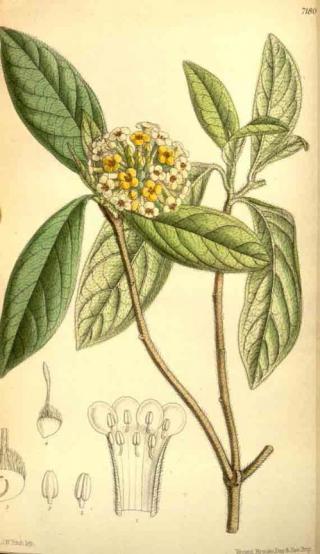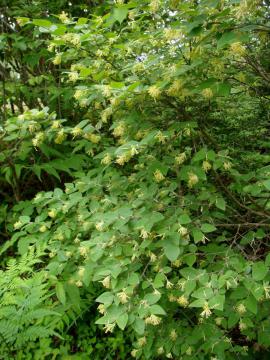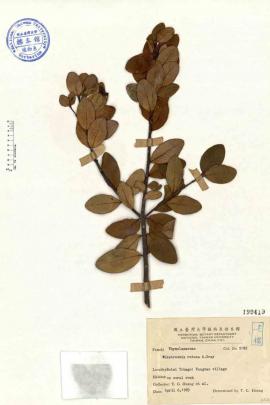Search
Primary tabs
After the name of the region. Paper made by mixing different fibers (kozo, gampi, mitsumata, kurara, hemp) during the Middle Ages. The papers can be made either only of mitsumata or from a mixture of gampi and mitsumata. After the Heian period (794-1185), refers to mitsumata paper.
Origin:
Japan
Local scripture:
修善寺紙
Hanshi or “half sheet”of a sheet called Sugiharashi; it is a cheap lightweight paper for various uses including calligraphy, shoji, book printing, painting mounting. It is generally made from kozo but mitsumata can also be used in its composition as Suruga hanshi (Shizuoka). The most famous is Sekishu hanshi (Shimane). Standard dimensions are 24 -26 / 32-35cm. Currently there are imitations made from wood pulp.
Terms mozo hanshi (imitation) and kairyo hanshi (improved) prove its popularity.
Origin:
Japan
Local scripture:
半紙
Botanical name:
Paper for calligraphy. Mixture of Mitsumata, rice straw and bamboo fibers.
Origin:
Japan
Literally paper for crafts. The fibers used are kozo, gampi and mitsumata. They are often dyed and coarse fibers are add. They are devoted to all sorts of uses.
Origin:
Japan
Local scripture:
民芸紙













